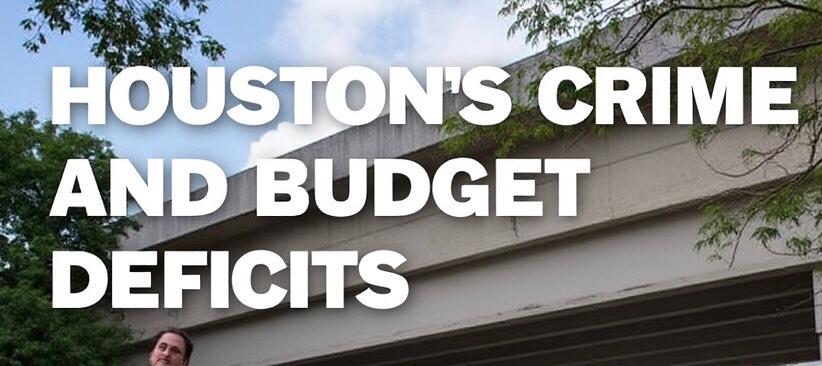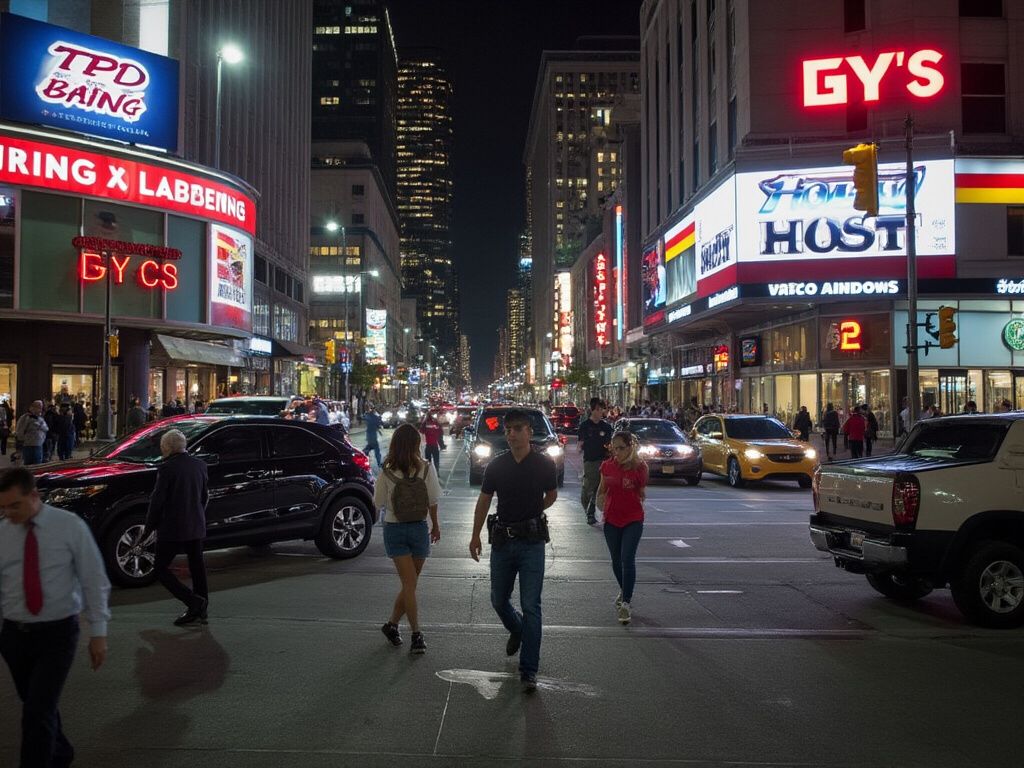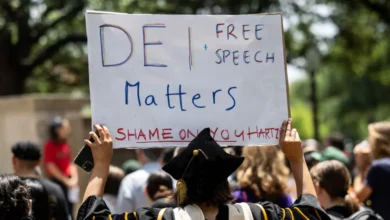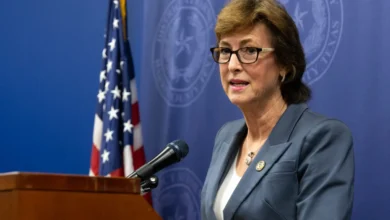Houston, TX – September 12, 2024 – The Greater Houston area is grappling with a surge in crime and significant financial challenges, painting a picture of a city at a critical juncture. Recent incidents have highlighted the growing concerns over safety and the city’s ability to manage its resources effectively.

In a stark example of the crime wave, a shooting in the International District left three men injured, with one in serious condition. This incident adds to the narrative of increasing violence, which has residents on edge. Meanwhile, property crimes are also on the rise, with stories of car break-ins and burglaries becoming more common. A particularly distressing case involved a Katy-area woman whose dog was injured during a home invasion, underscoring the personal impact of these crimes.
The financial health of Houston is equally troubling. Both the city and Harris County are facing substantial budget deficits. Houston’s deficit stands at approximately $46 million, prompting discussions on potential layoffs, tax increases, and service cuts. This financial strain is attributed to disaster-related costs, among other expenditures, highlighting the city’s vulnerability to natural disasters like Hurricane Beryl, which, earlier in the year, left millions without power and caused significant damage across the region.
Public sentiment, as reflected on social media platforms like X, reveals a community in distress. Residents are increasingly vocal about feeling unsafe, with stories of personal thefts and fears of further crime. One X user, after experiencing a car break-in, expressed concerns about the rising crime rate pushing residents towards considering relocation.
The response from local government and law enforcement has been one of acknowledgment but also of limited resources. Understaffing and underfunding of law enforcement agencies have been cited as reasons for slower response times and perceived inefficacy in crime prevention. This situation has led to a community dialogue on social media about the adequacy of current safety measures and the city’s preparedness for both crime and natural disasters.
Houston’s Mayor John Whitmire has been vocal about preparing for potential impacts from weather systems, indicating a focus on disaster readiness, which might divert resources from other critical areas like crime prevention. However, the community’s immediate concern seems to be personal safety and the broader implications of living in a city where crime is on the rise.
As Houston navigates these challenges, the interplay between budget constraints and public safety becomes ever more apparent. The city’s response to these crises will likely define its trajectory for years to come, affecting everything from property values to the quality of life for its residents. The community’s call for action is clear, but how Houston addresses these multifaceted issues remains to be seen, with all eyes on the city’s leadership to forge a path towards recovery and safety.







